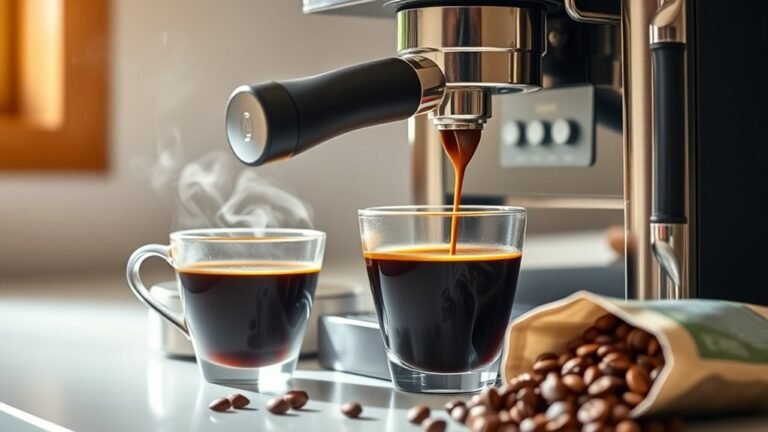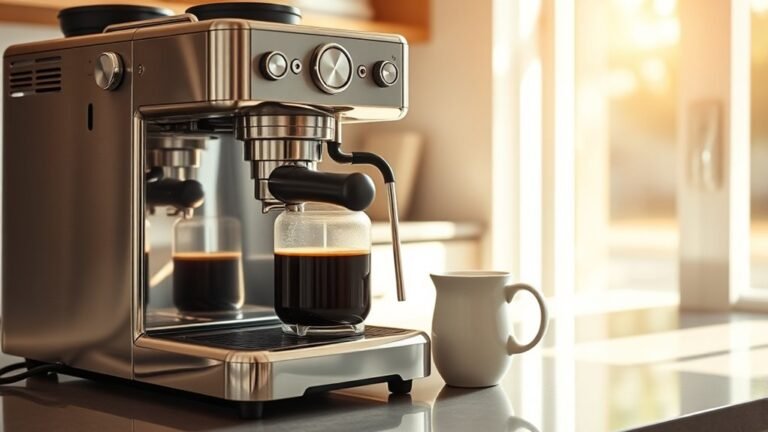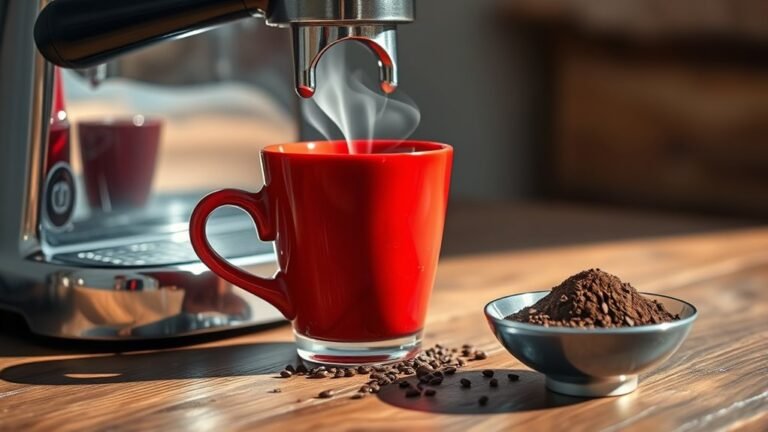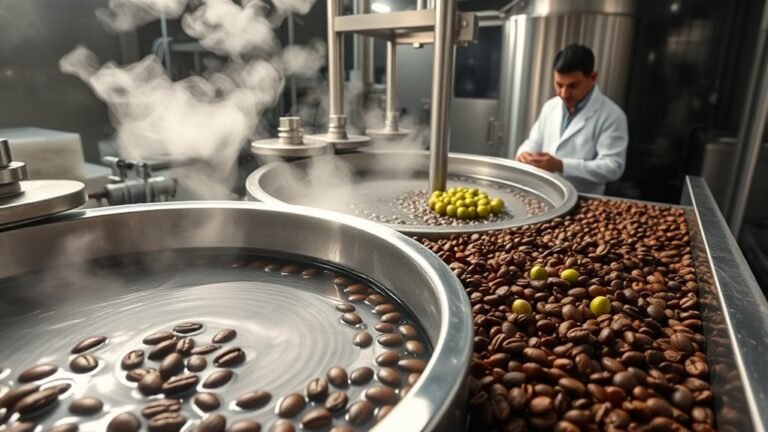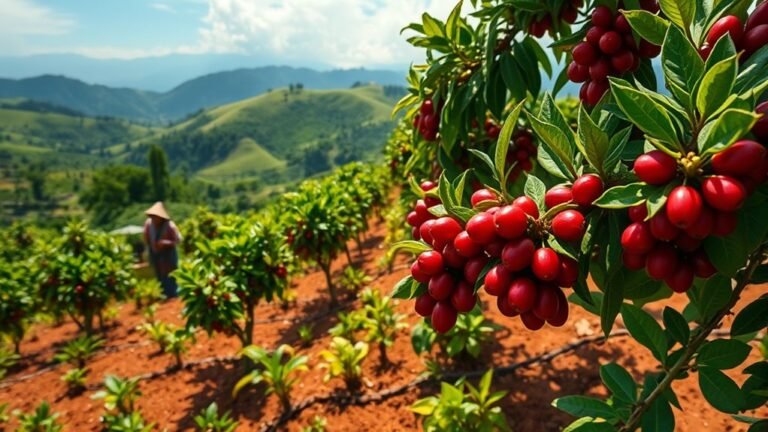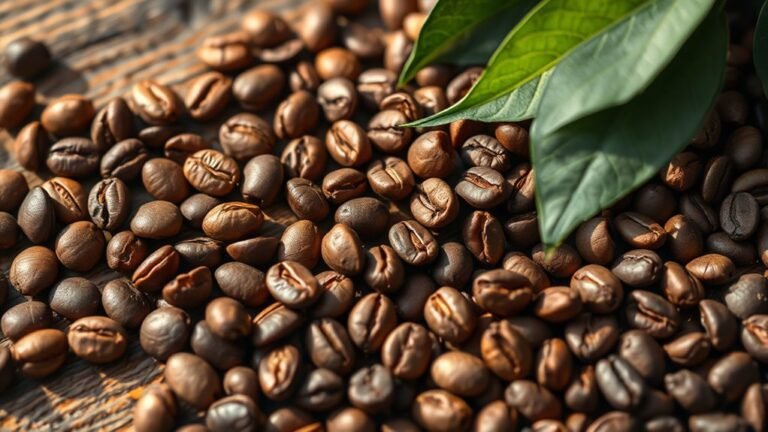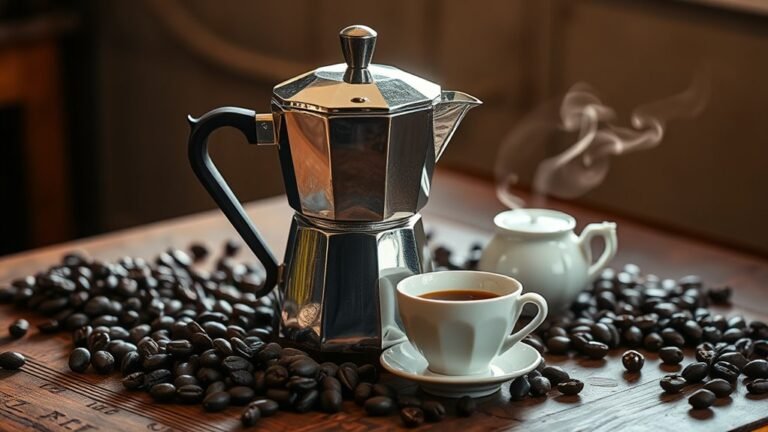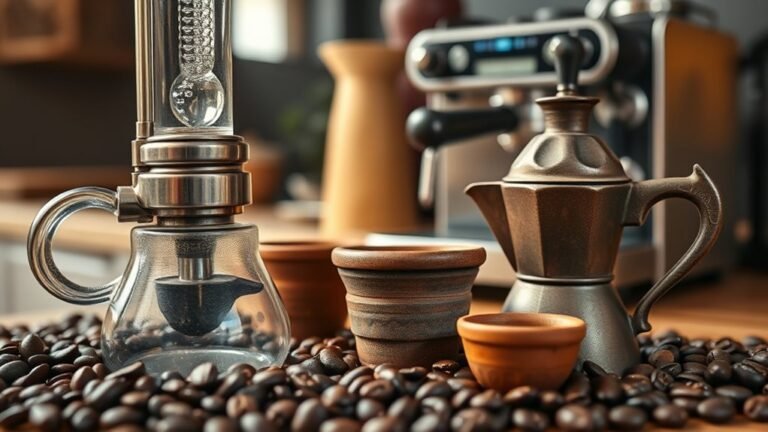Can Espresso Be Made in a Coffee Maker
You can’t effectively make espresso in a standard coffee maker. Espresso requires high pressure and finely ground coffee for its signature rich flavor and creamy consistency. Drip coffee makers rely on gravity to extract flavors, which doesn’t meet espresso’s unique brewing needs. If you want a stronger brew, consider adjusting grind sizes or using specific…
